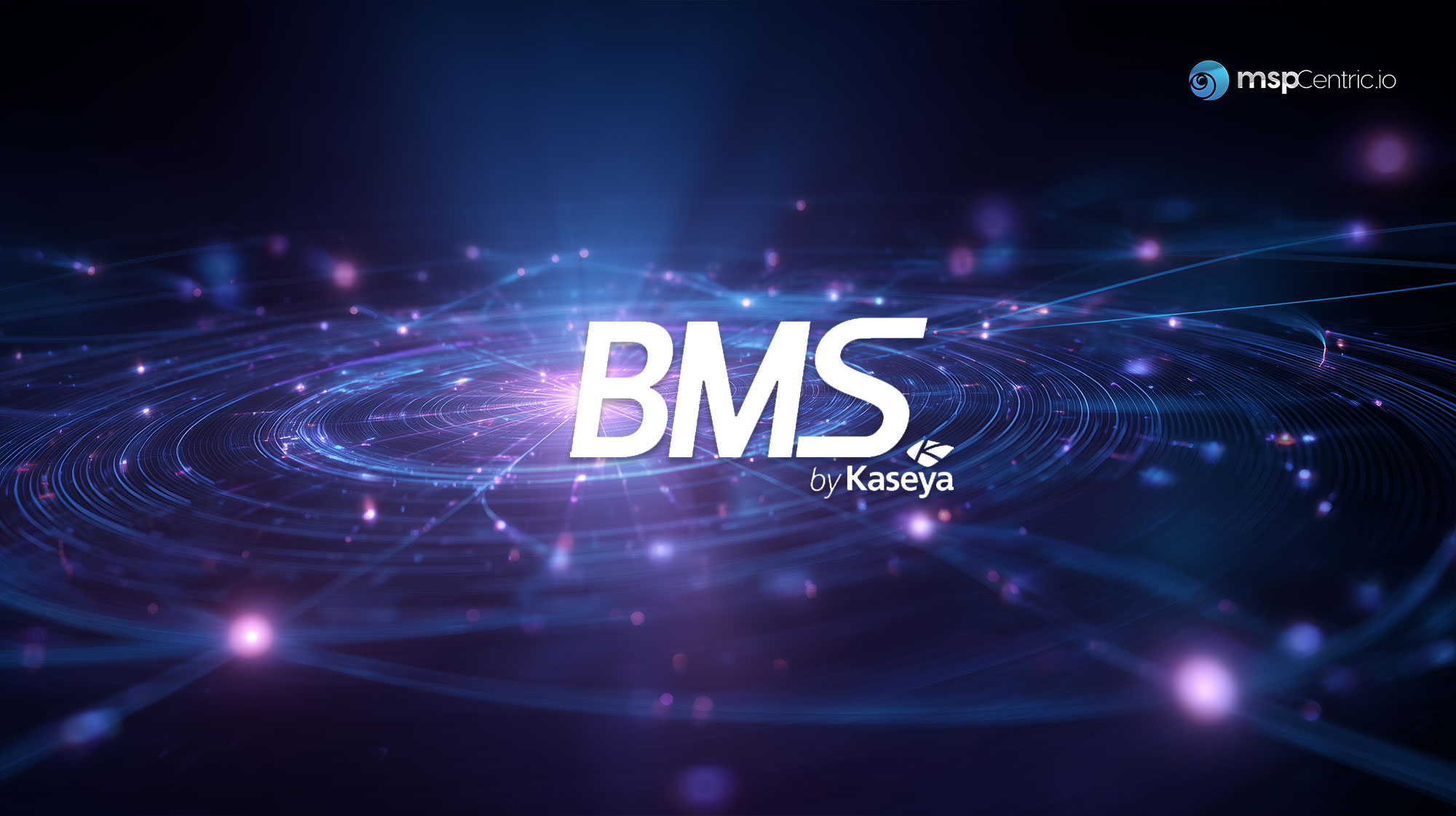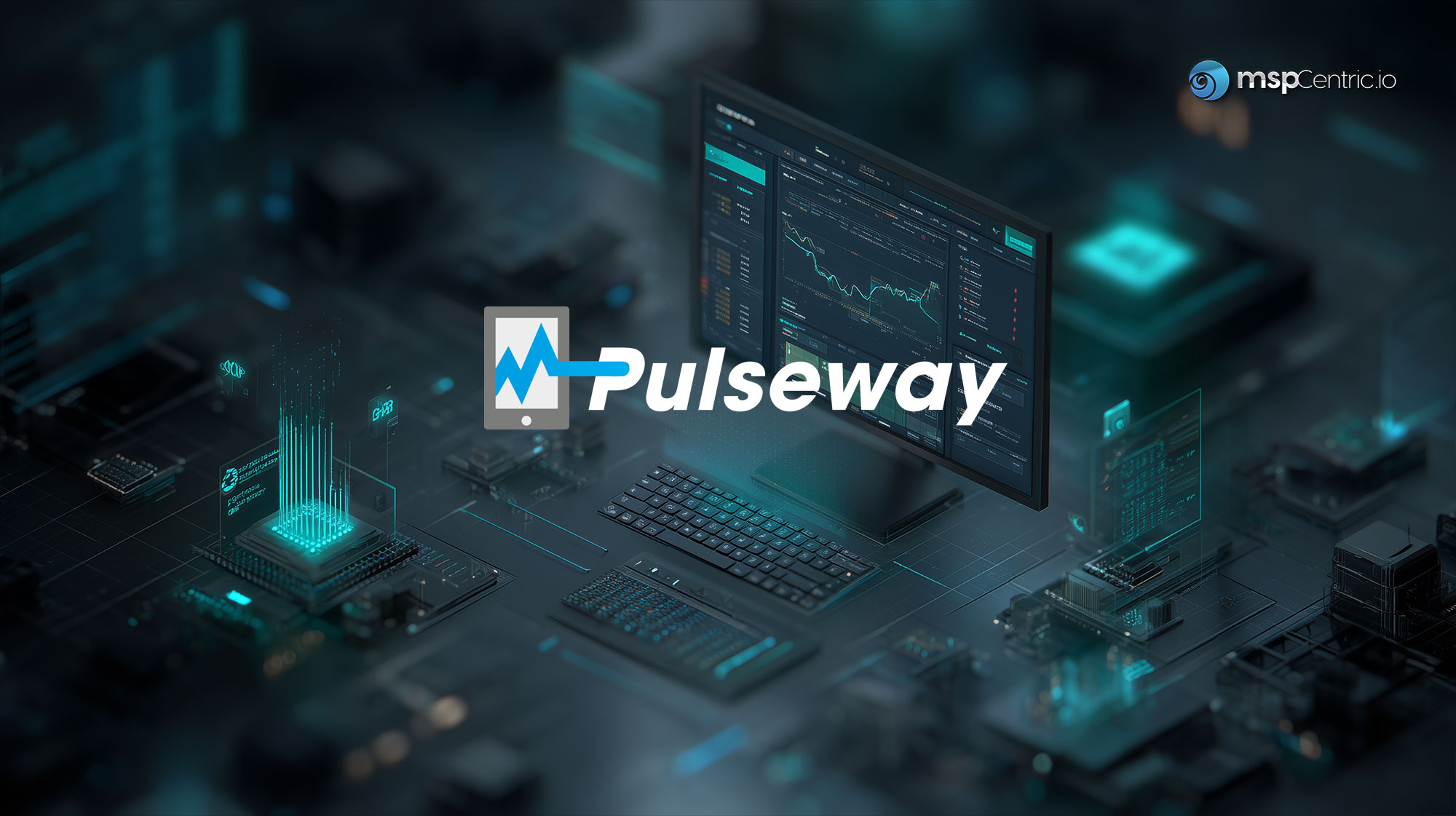Cross-PSA API Deep Dive: Building Scalable Integrations for Channel Vendors
Explore the APIs behind Autotask, ConnectWise, HaloPSA, Syncro, Pulseway, and Kaseya BMS.

Every channel vendor knows the story: you build one PSA integration, andpartners immediately ask, “What about the others?” Autotask, ConnectWise,HaloPSA, Syncro, Pulseway, and Kaseya BMS each dominate slices of the MSPmarket. To truly orchestrate the ecosystem, you need a roadmap that scalesacross multiple PSAs without creating six one-off projects that drain yourengineering team.
This guide breaks down the API approaches across major PSAs and gives youa playbook to design integrations that are scalable, reliable, and MSP-centric.
Why Multi-PSA Integration Matters
- Market Coverage: No single PSA owns the market. Your partner base will always span multiple platforms.
- Ecosystem Access: Each PSA has its own marketplace, user group, and community. Integrating with many multiplies your reach.
- Partner Experience: MSPs expect consistency. If you support one PSA deeply but ignore others, you create friction in adoption.
- Revenue Growth: Each incremental PSA adds addressable market, install base, and influence.
Comparing PSA APIs
Autotask API
- Architecture: REST but previously SOAP-based yet stable
- Strengths: Billing, contracts, opportunities, projects
- Challenges: Legacy design, requires careful error handling
ConnectWise API
- Architecture: REST and SOAP (legacy); REST is the path forward
- Strengths: Service boards, tickets, agreements, company data
- Challenges: Complex security scopes, strict rate limiting
HaloPSA API
- Architecture: REST-first, modern design
- Strengths: Flexible custom fields, automation, reporting
- Challenges: Rapidly evolving, requires close version tracking
Syncro API
- Architecture: REST
- Strengths: Lean, easy to use, strong for SMB MSPs
- Challenges: Narrower scope, some workflows limited
Pulseway API
- Architecture: REST
- Strengths: Device monitoring and alerts
- Challenges: Less mature PSA feature set compared to larger players
Kaseya BMS API
- Architecture: REST
- Strengths: Service desk, billing, project management
- Challenges: Integration design must align with the broader Kaseya ecosystem
Designing for Scale Across PSAs
1. Abstract Core Workflows
Instead of building six custom flows, abstract the common workflows:
- Ticket lifecycle (create, update, close)
- Company and contact sync
- Asset/configuration sync
- Agreement/contract/billing workflows
Build your internal integration layer once, then map each PSA API intoit.
2. Normalize Data Models
Every PSA has its quirks—different field names, object structures, andstatuses. Normalize into a consistent internal model:
- Tickets → Incident
- Agreements → Contract
- Companies → Accounts
- Assets → Configurations
This lets your product speak “PSA-agnostic” while maintaining deepmappings.
3. Handle Authentication Differences
- Autotask: API keys and credentials
- ConnectWise: API member credentials and OAuth for REST
- HaloPSA, Syncro, Pulseway, Kaseya BMS: OAuth or API keys
Invest in a unified auth service that can securely manage tokens andrefresh logic for all.
4. Plan for Rate Limits and ErrorHandling
- Batch API calls when possible
- Queue writes to avoid exceeding limits
- Provide clear retry and backoff strategies
5. Versioning and Roadmaps
Each PSA evolves differently. Track:
- API deprecations
- Version upgrades
- Marketplace requirements
Maintain a public roadmap that shows partners which PSAs are live, inprogress, and planned.
Engineering Best Practices
- Modular Integration Layer: Build once, connect many
- Logging and Transparency: Provide partners logs of API transactions
- Sandbox/Testing: Where available, use sandbox environments for validation
- Documentation: Show PSA-specific examples and workflows
- Monitoring: Proactively monitor for API changes or errors
Partner Experience Principles
- Simple onboarding, with one-click or guided setup
- Default field mappings with ability to customize
- Transparent error handling
- Workflow playbooks per PSA (e.g., “How to route security alerts to HaloPSA tickets”)
- Community enablement: clinics, guides, and success stories
Execution Plan for Channel Vendors
Phase 1: Foundation
- Build an internal abstraction for tickets, accounts, assets, and billing
- Launch with one PSA (whichever aligns with most partners)
Phase 2: Expansion
- Add 2-3 additional PSAs using the same abstraction
- Normalize error handling and auth across platforms
Phase 3: Maturity
- Publish workflow packs and co-branded content per PSA
- Release partner adoption dashboards and metrics
Metrics to Track
- Integrations per PSA (install base)
- Activation rate (time to first synced record)
- Daily active usage per PSA
- Partner health by integration depth
- Ecosystem sourced pipeline
At MSPCentric, we help channel vendors accelerate their PSAintegration roadmap. From Autotask and ConnectWise to HaloPSA, Syncro,Pulseway, and Kaseya BMS, our team knows the APIs, the workflows, and thepartner expectations. If you want to orchestrate your ecosystem and deliverintegrations that drive adoption and revenue faster than you could build themyourself, our platform is ready.
Get your checklist free copy:
Subscribe to our newsletter today
Stay tuned for all things MSPCentric and PSA integrations.



